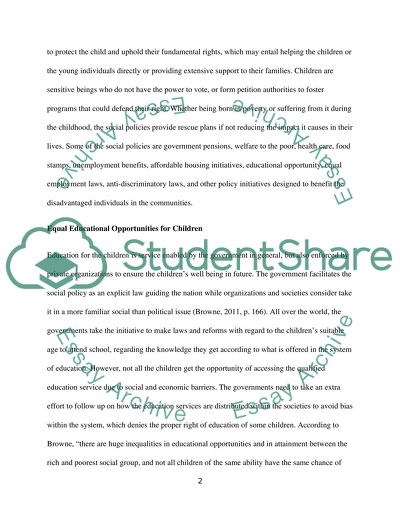Cite this document
(How can Social Policy Eradicate Child Poverty Assignment, n.d.)
How can Social Policy Eradicate Child Poverty Assignment. Retrieved from https://studentshare.org/sociology/1612017-how-can-social-policy-eradicate-child-poverty
How can Social Policy Eradicate Child Poverty Assignment. Retrieved from https://studentshare.org/sociology/1612017-how-can-social-policy-eradicate-child-poverty
(How Can Social Policy Eradicate Child Poverty Assignment)
How Can Social Policy Eradicate Child Poverty Assignment. https://studentshare.org/sociology/1612017-how-can-social-policy-eradicate-child-poverty.
How Can Social Policy Eradicate Child Poverty Assignment. https://studentshare.org/sociology/1612017-how-can-social-policy-eradicate-child-poverty.
“How Can Social Policy Eradicate Child Poverty Assignment”, n.d. https://studentshare.org/sociology/1612017-how-can-social-policy-eradicate-child-poverty.


